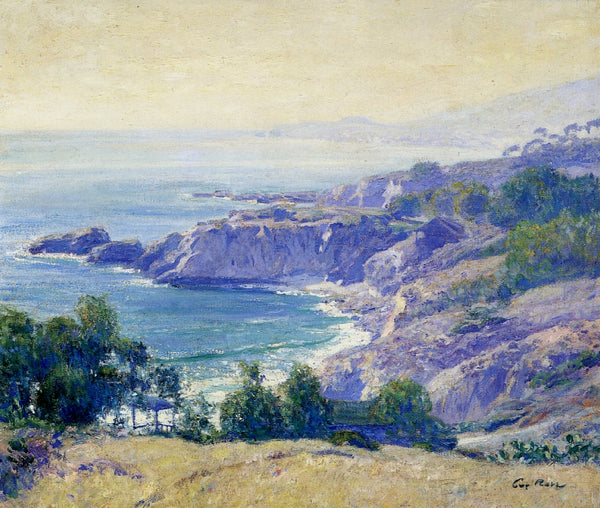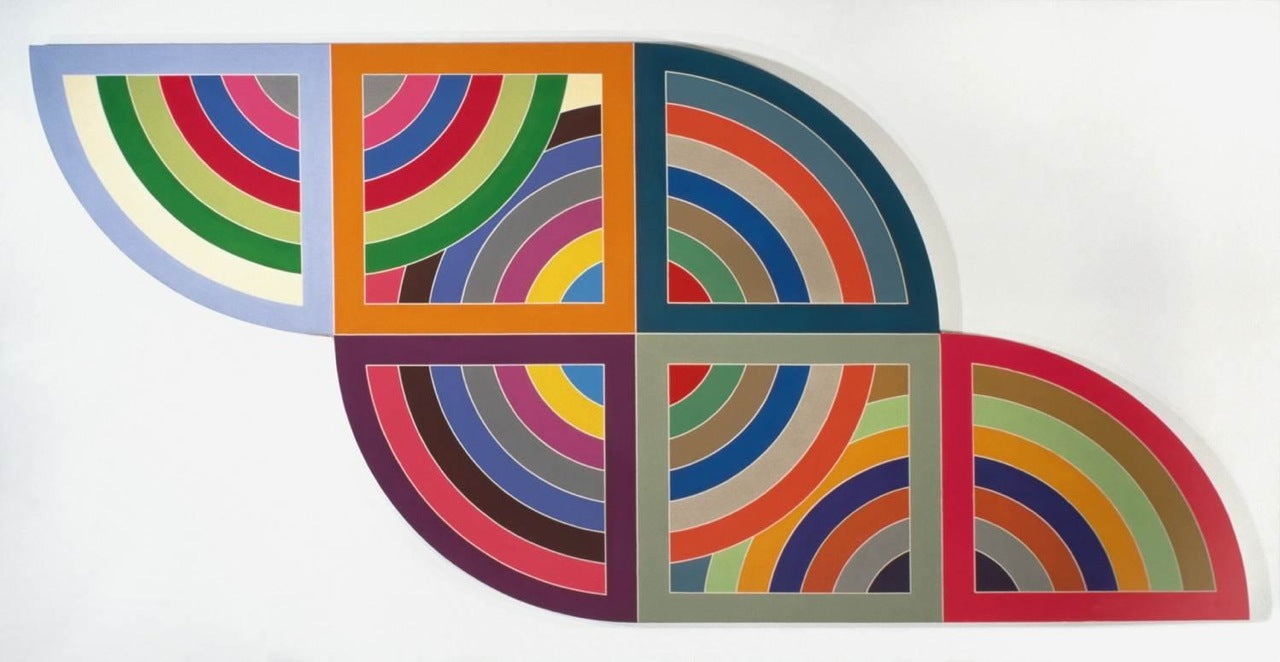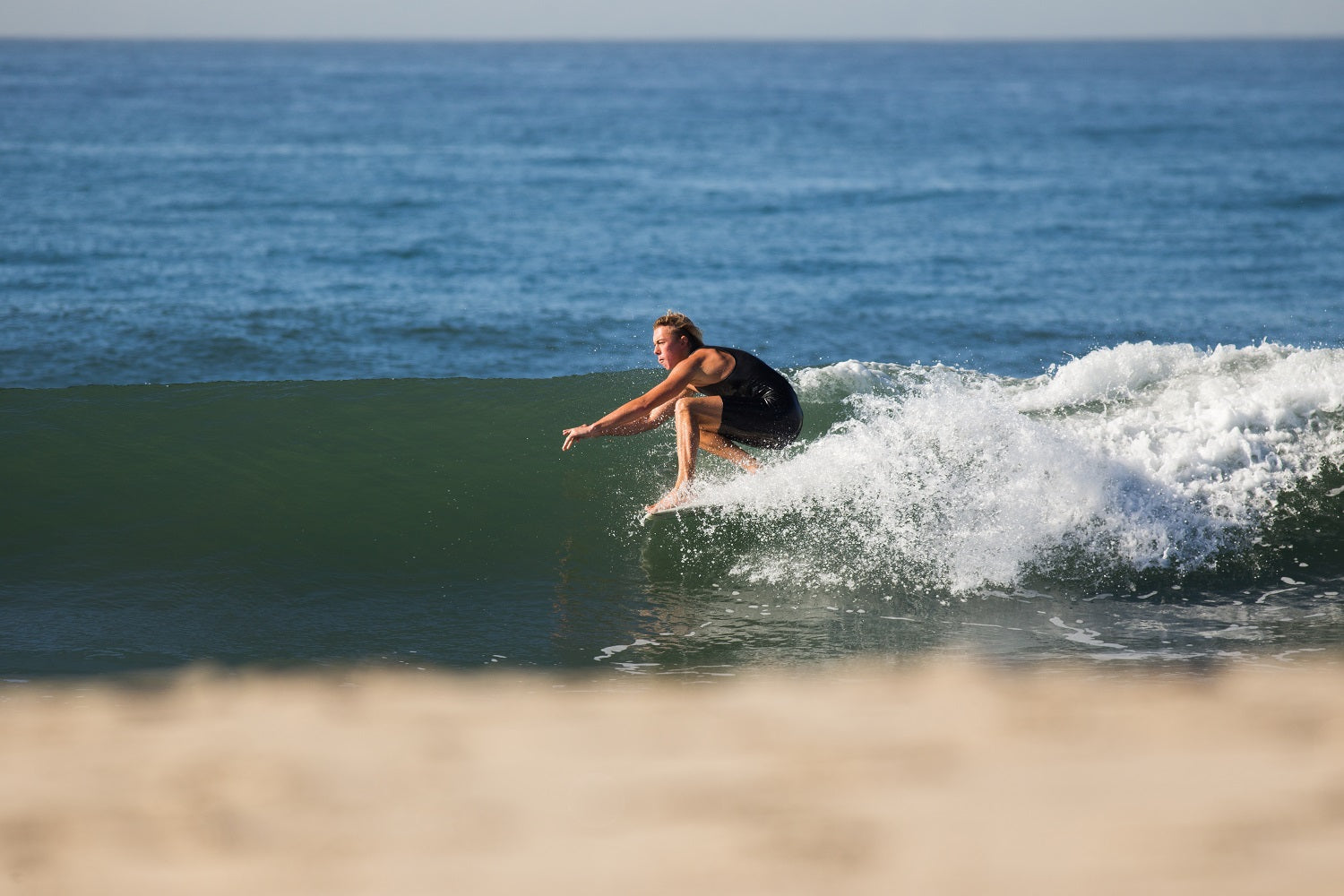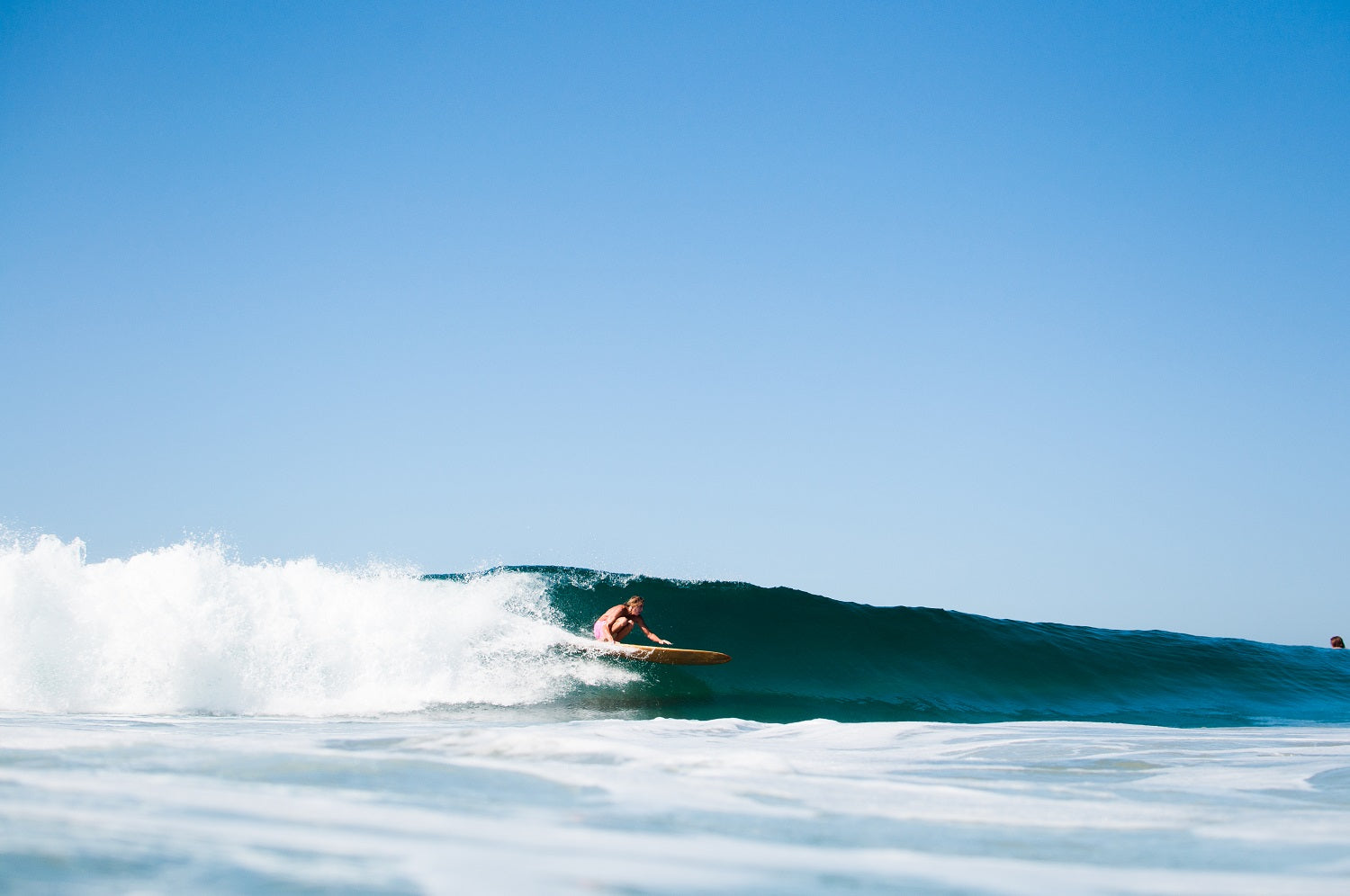The Enemy of Average! Wild Surfwear- USA Made / Christian Franzen
Add some descriptive text to your Blog page.

By Christian Franzen
Paul Wonner was born in Tuscon, Arizona on April 24th 1920. He later moved to California to study painting. He settled in the Bay Area and received his B.F.A from California College of the Arts in 1941. Once graduated, Wonner was recruited into the Military and served until the end of WWII. After the War he returned to the Bay Area and attended the University of California Berkley receiving his M.A in 1953 all thanks to the GI bill.


Les Demoiselles d'Avignon (1907) Picasso
By Christian Franzen
Cubism was introduced to the masses by Braque and Picasso in 1907. Their new style shocked the art world while sending it into a cubist frenzy. The two painters where now the center of attention in the art scene.
One major factor lending itself to the development of Cubism was the 1906 death of famed French Post-Impressionist painter Paul Cézanne. The following year there was a retrospective held to commemorate Cézanne's life of painting. This retrospective gave a large scale audience a look at Cézanne's radical new approach to depicting space and form. Georges Braque was one of the huge number of young artists that visited this retrospective. He was deeply impacted by Cézanne's work which would lay the foot work for Cubism.
Braque began to experiment with depicting form and space in the fashion of Cézanne. After experimenting for a while he went of over to his buddy Pablo Picasso's house and showed him what he had been up to. Picasso loved the new direction and together they began to develop what is now cubism. The two began such a close collaboration that they moved in with each other and they became inseparable from their work. They also didn't want anyone to steal their artistic vision so they told no one or showed anybody what they were up to. The final result was Analytical Cubism. In their paintings the artists deconstructed the subject, closely analyzed it, then reconstructed it within space. Structure is the signature element to Cubism and sets it apart from other popular movements of the time such as Fauvism.

Harbor in Normandy, 1909, Braque

"Still Life with Chair-Canning" (1912) Picasso

The Musician's Table (1913) Braque
The whole Cubism movement wraps up in 1914 with the beginning of WWI. Both artists are successful after the war, but sadly Picasso's success tramples that of Braque. Cubism was a revolutionary movement that impacts art to this very day.

By Christian Franzen
André Derain was born on June 10th 1880 just outside of Paris. He began studying painting on his own in the countrysides of France at the age of 15. Three years later he began a formal art education under the tutelage of Eugène Carrière. During his time with Carrière, Derain became friends with fellow painter Henri Matisse.
Following the ground breaking exhibit Derain went to London on a commission to create a series of paintings highlighting the city. He returned with a total of 30 paintings radically different than any other portrayal of the city previously seen. This series of paintings has become his most famous set of paintings.

Derain experimented with cubism and continuing his fauvism style, but the most drastic change to his paintings happened during WW1. In this new " Gothic Period", Derain began painting in the style of the old masters. Using reduced color, critical drawing, and glazes he created paintings reminiscent of the Neo-Classical days of French painters. He served in a majority of the war but upon return was praised for his new classical transcendence. Derain had reached the peak of his success and was highly prized for his return to classicalism. In the 1920's, now seen as an upholder of the traditional way of painting Derain was granted much more exposure to the masses than when he was an avant-garde painter. He won the Carnegie Prize in 1928 and was given numerous exhibitions globally.


Kazimir Malevich was a very influential Russian Painter who's artistic contributions helped usher the art world into the period of full abstraction. Born in Kiev, Russia in 1878; he later left Kiev to study painting at the Moscow School of Paining in 1904. While in school he became friends with a bunch of other young avant-garde artists that banded together to form Russia's second big artistic movement, Suprematism.

 This awesome graphic was created by the beautiful and talented Veronica Fish! Make sure to check out her awesome blog HERE!
This awesome graphic was created by the beautiful and talented Veronica Fish! Make sure to check out her awesome blog HERE!

By Christian Franzen
Guy Rose was born on March 3rd, 1867 in San Gabriel, California. Rose was born into a large family of eight children allowing him a lot of freedom at a young age on his families large Souther California rancho. When he was eleven years old, Rose was on a hunting trip with his brothers and was accidentally shot in the face. His injury took a substantial amount of time to recover so he passed the time drawing and painting in oils outside on his families rancho.

 Tony
Tony By Christian Franzen
Cragg was born on April 9th 1949 in Liverpool, England. Beginning in 1969 he studied art at the Gloucestershire College of Art and Design in Gloucestershire followed by attending the Wimbledon School of Art from 1970-1973 specializing in sculpture. During the following years, Cragg spent his time in a concentrated sculptural program at the Royal College of Art until 1977.
Having completed school Cragg began working with sculptural installation. By combining different mixed media materials Cragg created complex reliefs on the walls of galleries and walls around his neighborhood in England.

By Christian Franzen
Pavel Filonov was born on January 8th 1883 in Moscow, Russia. He moved with his family to St. Petersburg in 1897 where he began several apprenticeships under various artists in the area. Filonov applied to the St. Petersburg Academy of Arts in 1908 and was accepted his first try; which was a big deal. Even though the Academy tought Art in the classical fashion young Russian artists where heavily exposed to the collections of modern art in the east. Russian collectors had the most expansive collections of post expressionism art from Matisse to Picasso and Ganguine to Vango. Students where given free entrance to all the galleries and took inspiration form what they were seeing and used that inspiration to change the face of Russian painting.
 By Christian Franzen
By Christian FranzenAnselm Kiefer was born March 8th 1945 in Donaueschingen, Germany. Born the son of an art teacher Kiefer was encouraged to create from a young age. Despite his artistic background he went to the University of Freiburg to study law; however, in 1966 he dropped out of law school in order to study Art at the Academies in Freiburg, Karlsruhe, and Dusseldorf. During his time at the Academy in Dusseldorf in the 1970s Kiefer studied under artist Peter Dreher which had a large influence on his work.

By Christian Franzen
Frank Stella was born May 12th, 1936 in Malden, Massachusetts. After completing high school Stella was accepted into Princeton University where he studied History. In his spare time Stella would paint and also visit the galleries in New York where he was heavily influenced by the new school of Abstract Expressionism. Upon graduating from Princeton in 1958, Stella moved to New York to pursue the life of an artist.

By Christian Franzen
Richard Long was born in Bristol, England on June 2nd of 1945. After grade school he went on to study sculpture at the University of the West of England's College of Art from 1962-1965 followed by studying at Saint Martin's School of Art in London for two more years. About the time that Long graduated St Martin's the new emerging sculpture sensation of Land Art was on the rise across Europe and the United States. Long began to incorporate more natural objects into his sculpture and quickly resorted to only using materials found in nature.
Long gained international fame in the 1970's as a result of his sculptural walks. These walks would take long into the remote areas surrounding his home in rural Britain where he would fully immerse himself in nature; often spending more then one day out without returning home. Along these walks Long would create natural sculptures by altering elements of nature without disturbing the sanctity of the virgin land. He would then photograph these sculptures and publish books detailing his experiences.
Today his work still consists of natural objects incorporated in an organic free flowing nature reminiscent of the energies found in the rural landscapes of his home in rural England. Long often still takes walks throughout the English as well as the Canadian countryside in order to find inspiration.


Red Slate Circle (1988)

By Christian Franzen
Emil Nolde was born August 7th, 1867 in Southern Jutland, Denmark. He was raised on a small farm but at a young age realized he was not the farming type and decided to apprentice woodcarving and engraving from the areas masters. In 1889 he was accepted to the School of Applied Arts in Karlsruhe, Germany. Upon graduating from school he went directly into teaching in Switzerland from 1892-1898.




 Photos Thomas Green
Photos Thomas Green



 Photos Thomas Green
Photos Thomas Green




 Photos Thomas Green
Photos Thomas Green




 Photos Thomas Green
Photos Thomas Green



 Photo Thomas Green
Photo Thomas Green


 Photos Thomas Green
Photos Thomas Green




 Photo Thomas Green
Photo Thomas Green




 Photos Thomas Green
Photos Thomas Green